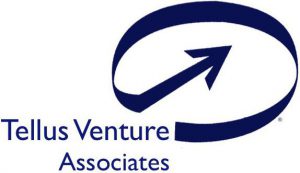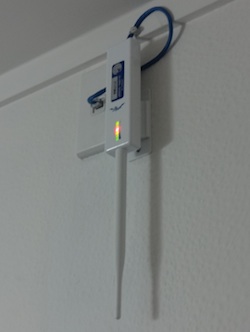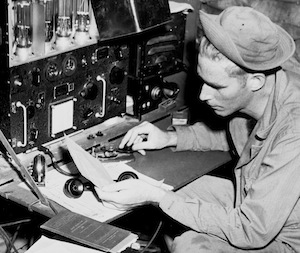Oops, Charter proves it can't serve public housing residents

Okay, people, you have to tell me these things, alright? I’ve been frozen for 30 years, okay?
In a self-defeating gesture, Charter Communications is challenging four public housing broadband grant applications made to the California Advanced Services Fund (CASF).
Charter claims residents at four complexes – two in Long Beach and two in San Bernardino – can buy Internet service at speeds in the 100 Mbps download and 5 Mbps upload range.
Unfortunately for Charter, it doesn’t really matter.… More


![By Famartin (Own work) [CC BY-SA 3.0 (https://creativecommons.org/licenses/by-sa/3.0)], via Wikimedia Commons](https://www.tellusventure.com/images/2015/1/lee_vining.jpg)

![By U.S. Navy photo by Mass Communication Specialist 3rd Class Frankie J. Colbry [Public domain], via Wikimedia Commons](https://www.tellusventure.com/blog/images/2014/12/money.jpg)
![Rico Shen [GFDL (https://www.gnu.org/copyleft/fdl.html), CC-BY-SA-3.0 (https://creativecommons.org/licenses/by-sa/3.0/) or CC-BY-SA-2.5-tw (https://creativecommons.org/licenses/by-sa/2.5/tw/deed.en)], via Wikimedia Commons](https://www.tellusventure.com/blog/images/2014/9/mobile_phone_brick.jpg)
![By Unknown or not provided (U.S. National Archives and Records Administration) [Public domain], via Wikimedia Commons](https://www.tellusventure.com/blog/images/2014/12/public_housing_old_style.jpg)
![By Doc Searls (Flickr: 2012_11_23_sjc-iah-bos179) [CC-BY-2.0 (https://creativecommons.org/licenses/by/2.0)], via Wikimedia Commons](https://www.tellusventure.com/blog/images/2014/12/helendale.jpg)
![By Sanfranman59 (Own work) [GFDL (https://www.gnu.org/copyleft/fdl.html) or CC-BY-SA-3.0-2.5-2.0-1.0 (https://creativecommons.org/licenses/by-sa/3.0)], via Wikimedia Commons](https://www.tellusventure.com/blog/images/2014/12/california_hotel.jpg)
